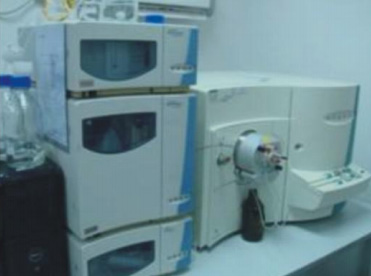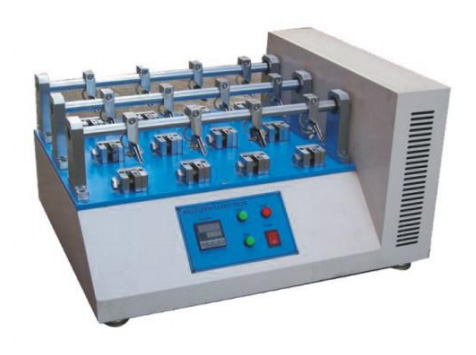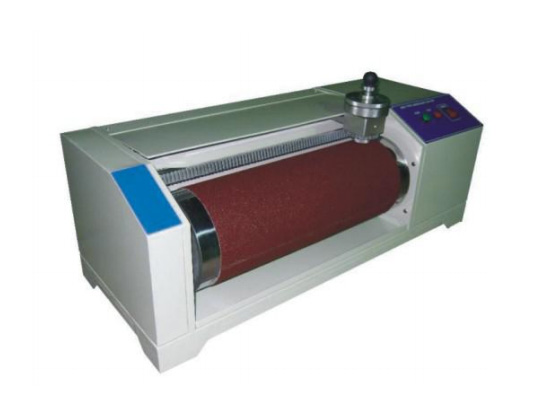

Accelerated fashion seasons in the apparel and home textile industry create an urgency to quickly produce quality products that are compliant. With softline, textile, clothing and accessory companies expanding into new global markets and Most of other countries also develop their own regulations and standards on clothing and Textile products, they face an increasingly complex regulatory environment that challenges the turn-around of goods.
Due to the diverse nature of the industry, there are multiple manufacturers, suppliers and other actors along the supply chain. PRT can assist every player in this market, with its global network and services that can help you meet the requirements of regulators, distributors, retailers and consumers,wherever you are based and irrespective of the ultimate destination for your products.
Restricted Substances List (RSL) test items include:
Azo dyes, PH, Formaldehyde, Hexavalent chromium(Cr VI), Disperse dyes, Total Cadmium, Total Lead, Extractable Heavy Metals, Nickel release, organic tin compounds , Chlorinated phenols (PCP, TeCP, TriCP etc.), Plasticizers, Flame retardants, Dimethyl fumarate (DMFu), Ferfluorooctane sulfonate (PFOS), Alkylphenols (AP) and Alkyl phenol ethoxylates(APEO), Chlorinated organic carriers, Pesticides, Volatile organic Compounds (VOC), Short-chain Chlorinated Paraffins, Medium-chain Chlorinated Paraffins,etc.
Textile physics testing
Fabric mandatory testing (fiber ingredient labels, wash care labels, down / feather detection, fire performance testing, restricted substances)
Fabric performance tests (dimensional stability, color fastness, physical performance)
Textile Chemical tests (Restricted Substances List)
Accessories safety performance testing(Small parts testing,Buttons,Zipper performance testing)
Main Testing Standards for Textiles:
American Association of Textile Chemists and dyes (AATCC)
American Society for Testing and Materials (ASTM)
National Institute Standards and Technology (NIST)
The U.S. Consumer Product Safety Commission (CPSC)
Canadian General Staundards Board (CAN / CGSB)
European Standards Institute (EN)
British Standards Institution (BS)
China National Standardization Administration (GB)
China Textile Industry Standard (FZ)
China Industry Standard (QB)
Japanese Industrial Standards(JIS)
Standards Association of Australia (AS)
Mexico Officials Mexicanas (NOMS)
Association Francaise de Normalisation (AFNOR/NF)
Deutsches Institut Fur Normugn(DIN)
International organization for Standardization (ISO)
Eco-textiles
Eco-textiles concept is mainly from "OEKO-TEX STANDARD 100",which is published by the International Association for Research and Testing ecological textile in 1991, which emphasizes the waste disposal after use , the production process , product harmless. "Oeko-Tex" and the EU’s "Eco-Label" are the most influential certification for ecological textile. China also issued a national standard GB / T 18885-2002 " ecological textile technical requirements ." on November 22, 2002.
Oeko-Tex Standard 100 standard ,as the world ’s most widely influential eco- textile standards,is about hazardous substances testing and certification for various textile and related products to ensure products harmless . Oeko-Tex Standard 100 regulated the limit of harmful substances in the yarn , textile fibers and Oeko-Tex labeling only can be used after testing and certification according to Oeko-Tex standards. Since 1992,Oeko-Tex Standard 100 would be re-accessed the control requirement ,mostly according to existing regulation of hazardous substance in countries and regions,and the new version will be issued at the beginning of every year, which is updated to 2013 version now.
Scope: Textile fibers , yarns and various textiles (including garments, home textiles ) , this standard is not mandatory standard , commonly used for the recommended standards for exporting country.










